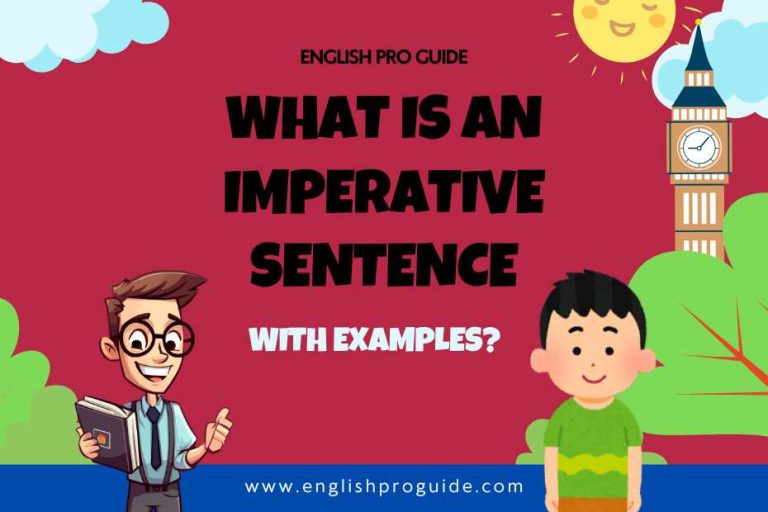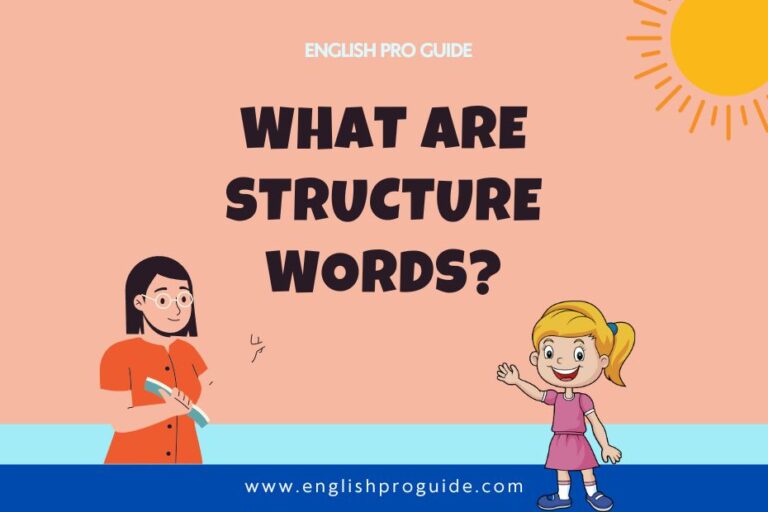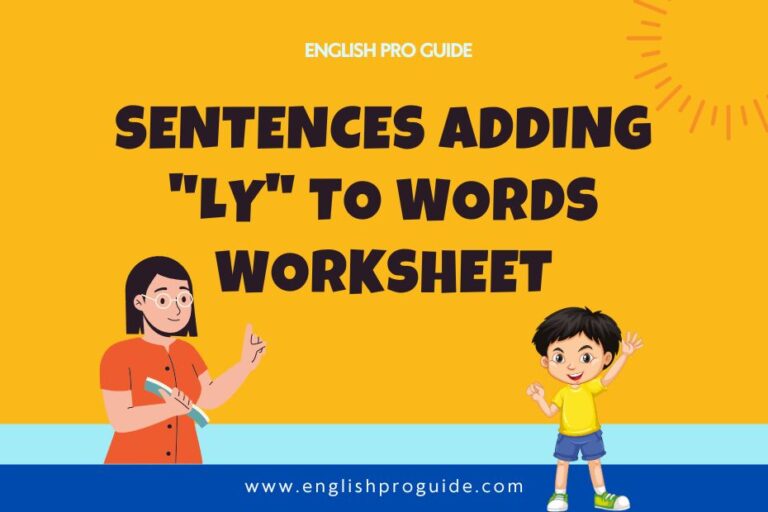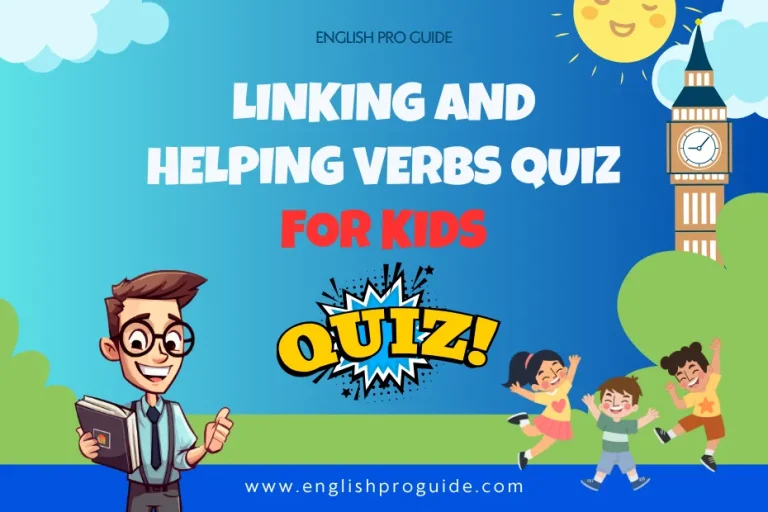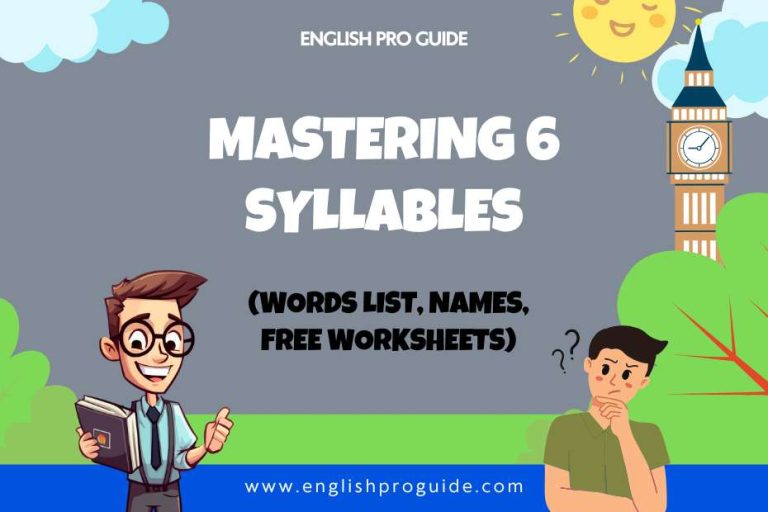Comprehensive Guide to Prepositions: Types and Usage
Prepositions are an essential part of the English language, serving as linguistic glue that connects nouns, pronouns, and phrases to provide context, direction, and clarity in communication.
Despite their small size, prepositions wield immense power in shaping meaning.
This guide delves deep into the world of prepositions, categorizing them into various types and illustrating their functions with examples.
Let’s explore the building blocks of prepositional usage and their impact on language.
What Are Prepositions?
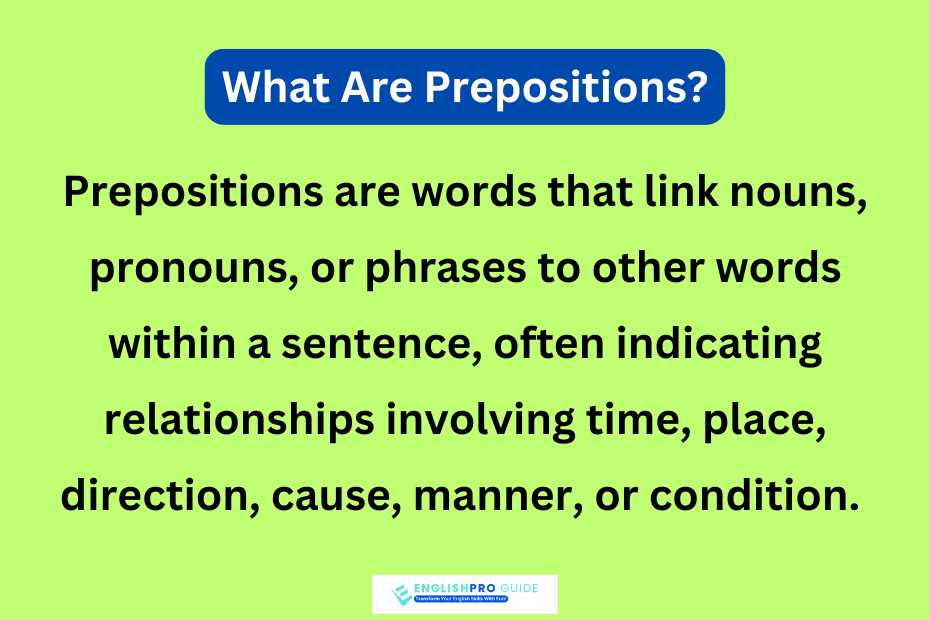
Prepositions are words that link nouns, pronouns, or phrases to other words within a sentence, often indicating relationships involving time, place, direction, cause, manner, or condition.
Common examples include in, on, at, to, and with.
Prepositions typically answer questions such as:
- Where? (The book is on the table.)
- When? (She arrived after the meeting.)
- How? (He traveled by car.)
This guide categorizes prepositions into specific types for a structured understanding.
1. Simple Prepositions
Simple prepositions are single-word prepositions that express basic relationships, such as direction, time, place, or manner. These are among the most commonly used prepositions in English.
Examples of Simple Prepositions
- Place: at, in, on
- The keys are on the shelf.
- Direction: to, into, onto
- He went into the house.
- Time: before, after, since
- We haven’t met since Monday.
- Cause: by, with, from
- She was impressed by his creativity.
Key Points
- Simple prepositions are often foundational, supporting the construction of more complex phrases.
- They are highly versatile and may overlap across categories like time and place.
Read More: 100 Proper Nouns: Examples and Tips for English Learners
2. Detached Prepositions
Detached prepositions, also known as “stranded” prepositions, occur when the preposition is separated from its object, often appearing at the end of a clause or sentence.
This happens frequently in questions, relative clauses, and informal language.
Examples of Detached Prepositions
- What are you talking about?
- Here’s the pen I was looking for.
- That’s the house he lives in.
Usage Notes
- Detached prepositions are more common in conversational English than formal writing.
- Traditional grammar rules discourage ending sentences with prepositions, but modern usage increasingly accepts this structure for clarity and fluidity.
3. Double Prepositions
Double prepositions consist of two words working together to express a single relationship. These prepositions often clarify more nuanced or specific relationships in terms of direction, time, or condition.
Examples of Double Prepositions
- Out of: She stepped out of the car.
- From behind: The cat emerged from behind the sofa.
- Up to: This ladder goes up to the roof.
Key Insights
- Double prepositions can provide specificity where simple prepositions might be ambiguous.
- Their combined structure helps convey complex relationships without overcomplicating sentences.
4. Participle Prepositions
Participle prepositions are verb forms (ending in -ing or -ed) used as prepositions. These words often indicate relationships involving cause, reason, or condition.
Examples of Participle Prepositions
- Concerning: We had a meeting concerning the new project.
- During: She stayed calm during the crisis.
- Following: Following the announcement, the stock prices rose.
Important Points
- These prepositions function similarly to other prepositions but maintain their verbal origins.
- They are particularly useful for adding depth to written and spoken language.
5. Disguised Prepositions
Disguised prepositions are prepositions that appear in contracted or altered forms, often merging with another word. They are frequently found in archaic or poetic English but still hold relevance in modern speech.
Examples of Disguised Prepositions
- Aboard (from “on board”): They climbed aboard the ship.
- Amid (from “in the middle”): The house was amid the trees.
- Across (from “on cross”): He walked across the field.
Usage Context
- Disguised prepositions often have a literary or formal tone.
- Understanding their origins can enhance comprehension of their nuanced meanings.
Read More: How To Teach Tier 2 Vocabulary? Boost Students’ Word Power
6. Time Prepositions
Time prepositions define temporal relationships, specifying when an event occurs or occurred relative to another moment.
Examples of Time Prepositions
- At: The train arrives at 5 PM.
- On: We met on Monday.
- By: He finished the report by noon.
- Since: She has lived here since 2020.
Common Time Relationships
- Specific Points in Time
- We’ll meet at midnight.
- Days and Dates
- The event is scheduled on Saturday.
- Duration
- He stayed awake for three hours.
7. Compound Prepositions
Compound prepositions are multi-word prepositions that function as a single unit. They typically consist of a preposition combined with other words to form a complex expression.
Examples of Compound Prepositions
- According to: The decision was made according to the rules.
- In spite of: She succeeded in spite of the challenges.
- On behalf of: I’m speaking on behalf of the team.
Significance
- Compound prepositions enhance specificity and formality.
- They are vital for academic and professional writing.
8. Directional Prepositions
Directional prepositions describe movement or orientation in space, helping to convey where something is going or how it is situated.
Examples of Directional Prepositions
- To: She went to the park.
- Into: He dove into the pool.
- Onto: The cat jumped onto the table.
- Over: The plane flew over the mountains.
Usage Tips
- Directional prepositions are dynamic, often used with verbs indicating motion (e.g., run, jump, move).
- Ensure clarity when combining them with other modifiers to avoid ambiguity.
Read More: What Are the Different Types of Pronouns?
Common Challenges with Prepositions
Despite their widespread use, prepositions pose challenges due to idiomatic expressions, context-specific meanings, and grammatical rules that vary between languages.
Key Issues
- Preposition Overload
- Using unnecessary prepositions can lead to redundancy.
- Example: She sat down on the chair → She sat on the chair.
- Non-Idiomatic Usage
- Prepositions often differ across languages.
- Example: Interested in (English) vs. Interessado em (Portuguese).
- Formal vs. Informal Use
- Detached prepositions are informal and may be unsuitable for formal writing.
Mastering Prepositions: Tips for Learners
- Read Extensively: Familiarize yourself with prepositional use through varied texts.
- Practice Idiomatic Expressions: Prepositions often form part of idioms (look forward to, rely on).
- Use Context Clues: Understand prepositions in context to avoid errors.
- Consult Grammar Guides: Resources like style manuals and dictionaries offer clarity on specific rules.
Conclusion
Prepositions, though small, are a cornerstone of effective communication in English. From simple prepositions to their compound and participle counterparts, they enrich sentences by connecting ideas and adding nuance.
Understanding their types and uses empowers learners and professionals alike to communicate with precision and impact.
As you master prepositions, you’ll gain confidence in navigating the complexities of English grammar and express yourself with clarity and sophistication.


